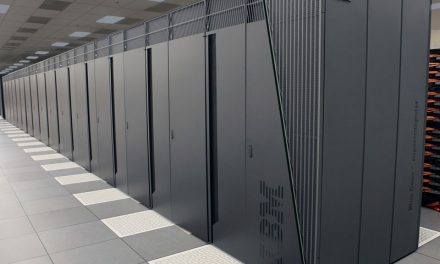On a holistic basis, this will be the most impacted, and possibly the worst hit component of the entire eco system. The IT budgets range from $1 Mn to $5 Bn like in cases of some very large companies in Fortune 100 list. The size of the IT team in an enterprise could be as small as 10 people, in case of a small company, and could be as large as 5000 people in case of a large congolmerate with complex operations.
It is a well known, and a rankling reality for the busienss that over 70% of the budgets are spent on Keep-the-lights-on spend and only 30% on transformational investments. A large chunk of the keep-the-lights-on spend is consumed by staff and contractor salaries.
As companies seek to reduce their KTLO (Keep the Lights On) spend, the case for outsourcing will become stronger and companies will tend to reduce that staff costs to the bare minimum extent. Technologies like Virtualisation and Cloud computing which further reduce the size of the on-premises IT are slated to be the next big thing for the IT.
While you needed 1 adminsitrator to manage 100 servers in the traditional model, in cloud computing model you could manage multiple hundreds of servers if not thousands with a single server administrator.
According to a Mckinsey analysis, over 95% of CIOs want to get rid of their infrastructure in next 2-3 years. If that indeed becomes a reality, yu would need barely 10% of whatever staff you have today to maintain the critical IT landscape on your premises or for governance with vendors.
Ofocurse the opportunities at data centre vendors and cloud providers will increase but the overall employment opportunity size with these vendors will not be as significant as that with enterprise employers.
The IT staff which was once the gatekeeper and held the magical key to transforming business are now facing multiple tornadoes of outsourcing, offshoring, and cloud computing technologies which threaten their very survival. They are all real and are coming all together which increases the impact…
About the IT staff facing multiple tornadoes.










